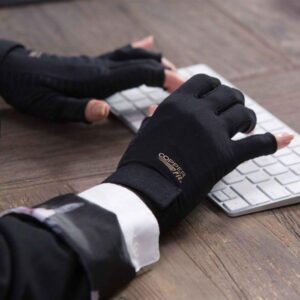Refurbished cast iron tubs can be the perfect bathroom trophy, but their value rises with their rarity and popularity; they are cool to the touch and lose heat quickly. Traditionally made of enameled cast iron, today, freestanding bathtubs are made from various materials. They are heavy even before you add the water and tub. The extra expense of hiring a builder or structural engineer to fix the floor joists to handle the weight is enough to turn off many potential buyers.
The importance of a freestanding bathroom
Freestanding steel tubs are formed by pressing a thin sheet of steel, coating it with a layer of enamel, and firing it at a high temperature to bond the two components together. They are inherently strong and durable, and although they are cool to the touch and lose heat like cast iron tubs, they are lighter in weight and therefore easier to transport and position than cast iron tubs.
A freestanding bathroom of any size and shape can be created from acrylic, so a wide range of styles are available to suit almost every taste. Modern acrylic bathtubs are light, warm to the touch, and relatively inexpensive. The thickness of the acrylic sheets used to make freestanding bathtubs range from 4mm to 8mm – thicker sheets tend to make the bathtub more durable. For extra strength, acrylic bathtubs can be reinforced with a fiberglass membrane and can have an optional plinth. If you’re planning to buy an acrylic bath, make sure it’s double layered for thermal insulation, as a single layer acrylic tub won’t retain heat either.
Composite materials such as stone tar are increasingly used in the freestanding bath. Made from resin or acrylic mixed with stone or quartz, the composite is a relatively lightweight material, depending on the percentage of stone used to form the composite. The inner surface of the bathtub is made of the acrylic sheet; this surface is placed in a mold, and the composite material is poured. When it sets, the composition gives the bath rigidity and strength. These tubs are warm to the touch, strong and durable, and resistant to scuffs and scratches.

While composite was initially used to create replicas of old-fashioned cast iron revolving bathtubs, composite is increasingly used to create new modern and designer shapes. Usually, when you see a photo of a freestanding bathroom, it’s surrounded by a lot of space. Who has a bathroom of this size, and if you have, then good for you.
Conclusion
As for which of these materials is best for creating a freestanding bathroom depends on what you want. A refurbished cast-iron freestanding bathtub couldn’t be better for hefty-beamed purists who are willing to pay more. However, suppose you prefer not to overpay and are more comfortable with the style and comfort of a modern freestanding bathtub, whether modern or traditional in style.

























